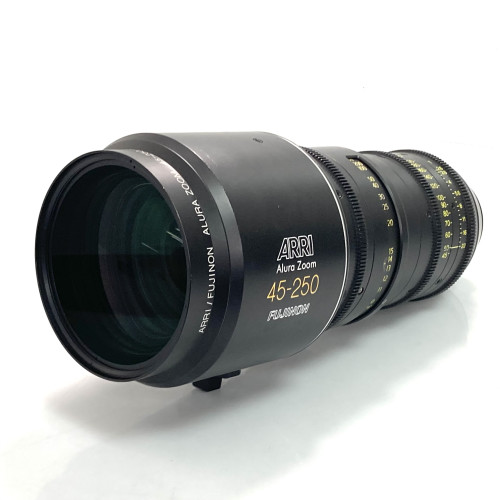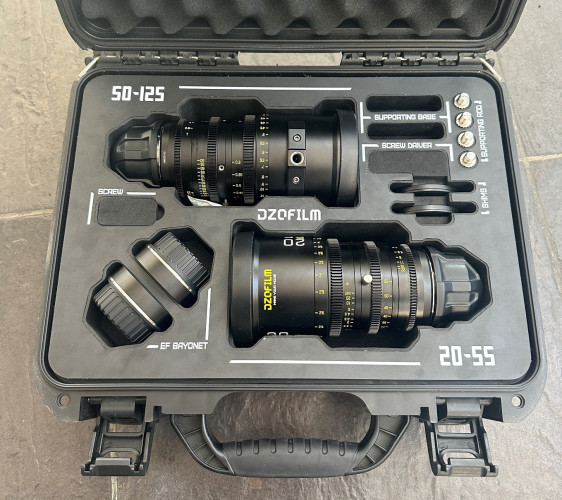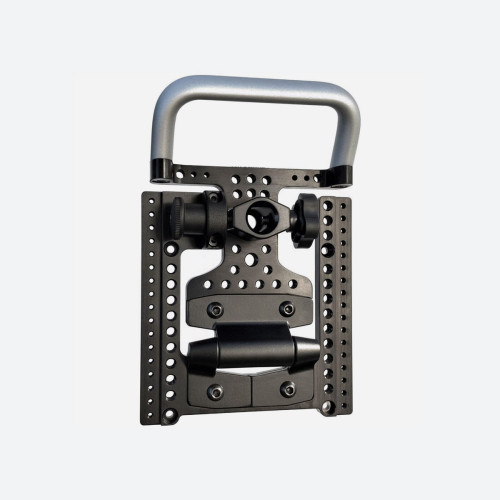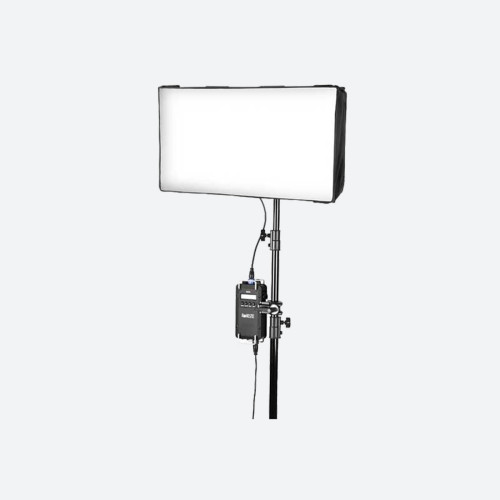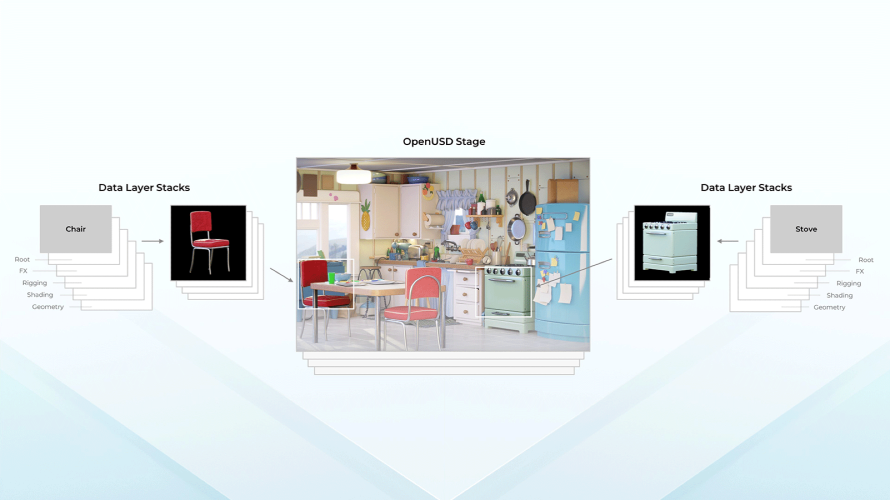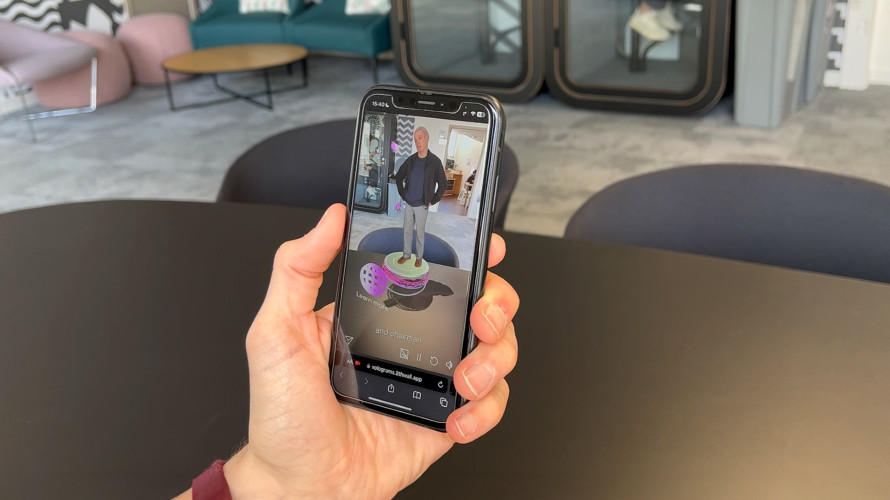It seems the whole world is excited about the return of 3D to cinemas. Older sceptics said it wouldn’t last as it used to give them a headache. Sure, the old celluloid-based 3D delivery system had real problems and the production chain was slow and very expensive. This time is different, with rock-steady digital images in cinemas ensuring that the audience enjoys the experience and goes home smiling rather than reaching for the paracetamol.
Next up, 3D is coming home - on your TV.... well, almost. Of the many technical challenges to overcome most have already been solved with the successful production cinema material. What is not so obvious is the final few feet to the 3D home viewer – the domestic 3D TV screen. On the bright side, the solution already has a name, autostereoscopy, but in my view, to date it is not yet supported by a suitable technology. First, let’s take a quick look at cinema 3D viewing systems.
The 3D digital cinema system has been well worked out. It is possible for just one player to sequence left and right images to one projector – avoiding the extra costs of using two of each and trying to register the projector images accurately onto the screen. Most digital cinemas are now ‘3D ready’, having this single player and projector capability. The extra item required is a 3D viewing system that ensures that each eye sees only the images meant for it. There are a number of proprietary systems and, in most, the audience wears polarized glasses that allow the left lens to be translucent while the left image is on the screen, and similarly for the right lens and image. There are two types of glasses; the more chunky ones are the ‘active shutter’ type with the left and right lenses that switch on/off sequenced, usually, by an infrared transmitter controlled by the projector and located somewhere near the screen. Systems using passive glasses are slimmer, having left and right lenses of fixed polarization but in different directions, and a switched polarizer is placed in front of the projector lens.
How can we do this at home where nearly all viewing is on a thin flat panel screen? 3D TV screens are becoming available that use the ‘active’ glasses scheme for viewing 3D. Wearing dark glasses in the low light of the cinema auditorium where you are seated and will, probably, remain so for the whole performance is one thing. But at home you would probably want to dash off to make tea or refill your glass during the commercials. Having forgotten your dark eyewear is still in place, you trip over the cat on the way to the door. And if you make it to the kitchen, then the rest of the household can see your chunky dark glasses which, in most circles, are not recognised as fashion items. Many people feel they don’t fit well with the domestic environment.
What we really want are autostereoscopic screens that let us see 3D, or specifically stereoscopic 3D, directly on the screen, without glasses. Such screens exist and one type appears to make use of the technology used for years to view 3D postcards! Like the cards, these screens are covered with a clear optical lenticular sheet that appears to comprise many vertical ridges (top to bottom). Then, viewed at a certain angle, the left eye sees one image (left) and the right, another. 3D TV screens applying this technology claim to allow viewers to see 3D images when viewed at particular angles (zones) to, or distances from the screen. I have seen as many as eight viewing ‘zones’ advertised but these are not continuous – there are areas where the 3D effect is not seen. Current markets for these displays are digital signage and, of course, computer games. Alioscopy (www.alioscopy.com) is one company that offers a range of such displays.
Another technique is offered by VRex with their patented μPol (micropol) filter that can be clipped over a notebook computer’s screen – available sizes are 14.1” and 15.0” XGA (1024 x 768). This is an optical device that changes the polarization of light line-by-line and so, I would assume, would allow 3D viewing of line-by-line (left-right) encoded stereo images, albeit with somewhat reduced vertical resolution from the original footage.
Research into autostereoscopy continues apace even as big names have discontinued products such as Philips’ 3DWOW - WOWvx technology. The Muted ‘Multi-User 3D Television Display’ (www.cse.dmu.ac.uk/~mutedusr) project aims to “produce the first 3D TV display able to support multiple mobile viewers simultaneously, and without the need for 3D glasses ...considered essential for a practical 3D television system.” Let’s hope!
The website www.3dathome.org lists a number of available 3D products. However, looking at the listed 3DTVs, many seem to be in the pipeline rather than available now. No doubt there will be a wider choice as 2010 progresses. I found only one listed as autostereoscopic. However everyone knows what they really want and money and big brains will try to make it happen – but it looks like it will be chunky glasses for a while yet.




